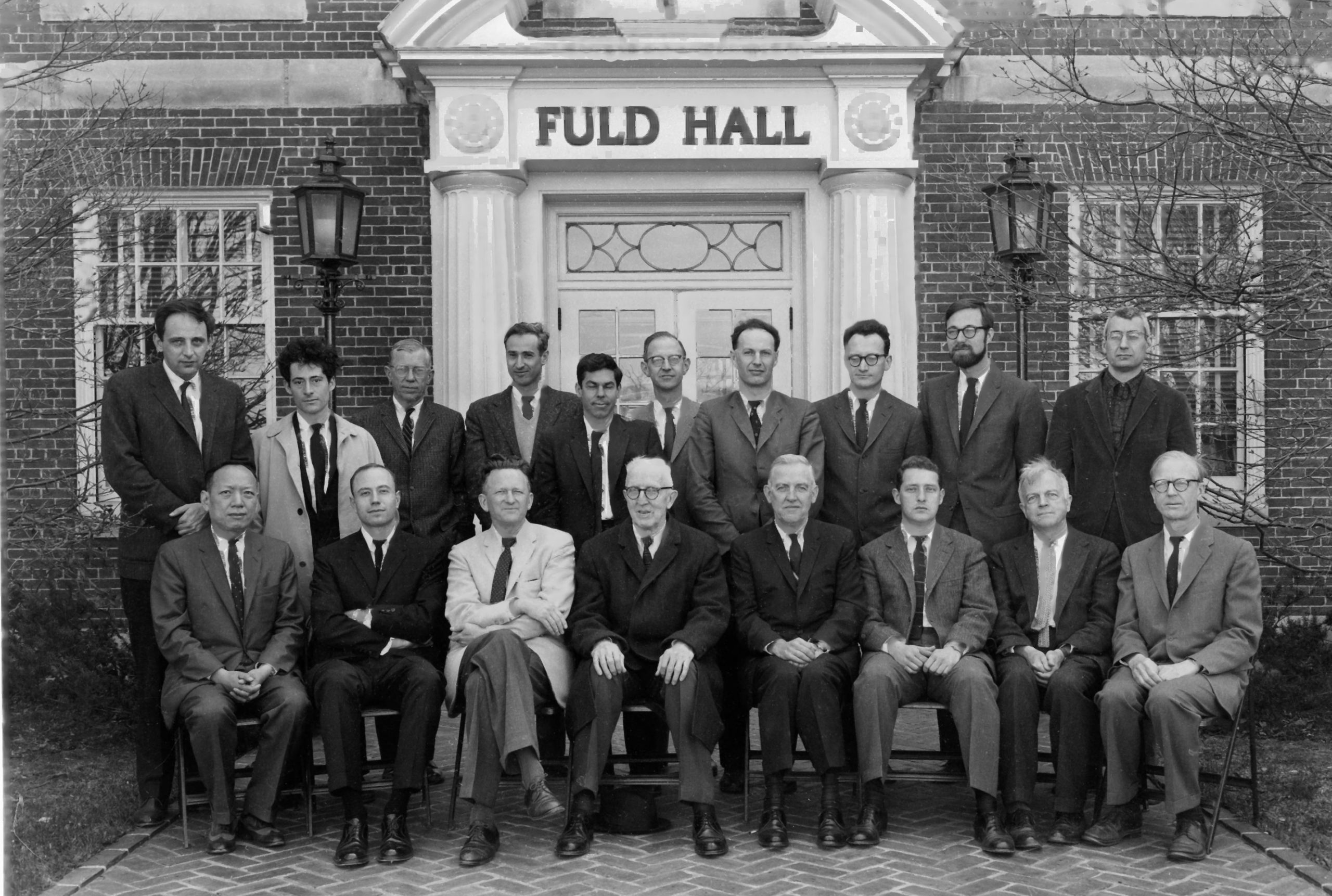Here is the table shown in part 2 of the presentation showing some of the toys. It had been generated by Mathematica. It uses manifolds from the manifold page of Frank H. Lutz mentioned in the clip.
Manifold f-vector Betti vector
---------------------------------------------------------------------------
{S4, {6, 15, 20, 15, 6}, {1, 0, 0, 0, 1}}
{CP2, {9, 36, 84, 90, 36}, {1, 0, 1, 0, 1}}
{S3xS1, {11, 55, 110, 110, 44}, {1, 1, 0, 1, 1}}
{S2xS2, {11, 55, 150, 170, 68}, {1, 0, 2, 0, 1}}
{CP2CP2, {12, 57, 148, 165, 66}, {1, 0, 2, 0, 1}}
{CP2MCP2, {12, 57, 148, 165, 66}, {1, 0, 2, 0, 1}}
{S3twistS1, {12, 60, 120, 120, 48}, {1, 1, 0, 0, 0}}
{S2xS2S2xS2, {12, 63, 192, 225, 90}, {1, 0, 4, 0, 1}}
{CP2S2xS2, {13, 67, 188, 215, 86}, {1, 0, 3, 0, 1}}
{S3twistS1CP2, {15, 105, 320, 375, 150}, {1, 1, 5, 0, 0}}
{RP4, {16, 120, 330, 375, 150}, {1, 0, 0, 0, 0}}
{K3, {16, 120, 560, 720, 288}, {1, 0,22, 0, 1}}
About the left hand side (of the chalkboard) with some history pointers of manifolds: we can see that that what we teach in multi-variable calculus courses has been the status of manifold theory in 1838 with Gauss. There had been a surprisingly long struggle to get a good definition of manifolds. It was Riemann who first in the context of Riemann surfaces saw the need to use charts to define surfaces. Hassler Whitney then showed that one can always embed a manifold in an Euclidean space and John Nash much later showed that one can embed isometrically also Riemannian manifolds in Euclidean spaces. So, in principle the abstract definition of manifolds is not needed. In any case, while embedding is “ugly” (because non-intrinsic), it is still in principle all we need. In the discrete, we can work with finite projective spaces.
The book of Koskinski displays the photo of famous topologiest: (I cleaned up the best available picture from the Princeton photo collection a bit with despecklel filter as there were terribly many sprinkled speckles. Here is a Link, to the locally cleaned up picture. You can find the original on a Princeton photo collection, just to check. Others have made clean up efforts like on this page, but just done so by, also significantly reduced the resolution, of course that also removes the specks): the picture had been taken at a Symposium on Differential Topology, April 2-5, 1963 in at the Institute for Advanced Study in Princeton, a conference in the honor of Marston Morse:
Left to right up: Raoul Bott, Barry Mazur, Gustav Hedlund, Theodore Frankel, Stephen Smale, Nicolaas Kuiper, John Adams, William Browder, John Milnor and Michel Kervaire,
Left to right down: Shiing-Shen Chern, Robert Pohrer, Atle Selberg, Marston Morse, Walter Leighton, Morris Hirsch, Stewart Cairns and Hassler Whitney

About the idea to look at the distance function f(x)= d(x,a) to a point in the geometry: the wave fronts { f(x) = r } are now manifolds or empty. We can now look at the supremum of all r for which this wave front is a sphere and get a notion of radius of injectivity.





















